
Soaking Pineapple with This Ingredient Makes It Sweeter and Prevents Tongue Irritation

If you often experience a burning or tingling sensation on your tongue when eating fresh pineapple, here’s a simple trick you can try. This method not only reduces that uncomfortable feeling but also enhances the natural sweetness of the pineapple.
Pineapple is a delicious fruit with a sweet and tangy flavor. It can be enjoyed fresh, blended into smoothies, juiced, or used in various tasty dishes. However, many people notice a tingling or burning sensation in their mouth, especially when eating fresh pineapple.
Why Does Pineapple Cause Tongue Irritation?
The main culprit is an enzyme called protease (also known as bromelain) present in pineapple. This enzyme breaks down proteins and can irritate the mucous membranes inside your mouth, leading to that characteristic burning or tingling feeling.
Interestingly, this enzyme is also why pineapple is often used in cooking to tenderize meat. For example, marinating beef in pineapple juice or cooking meat with pineapple helps soften the texture. However, protease is very strong, so marinating for too long can cause the meat to become mushy and overly soft.
How to Choose Naturally Sweet, Ripe Pineapple
When buying pineapple, look for large fruits with a deep yellow skin. Pineapples with wide “eyes” (the rough segments on the skin) and a strong, sweet aroma are ripe and naturally sweet. The deeper the yellow color of the skin, the sweeter the fruit tends to be.
Avoid pineapples that are too soft or mushy, as these are likely overripe or damaged and may not taste fresh. Conversely, pineapples with greenish-yellow skin are less ripe and often taste more sour.
Choosing a large pineapple is also beneficial because its flesh has had more time to mature and expand, providing more edible, juicy fruit.
How to Reduce Tongue Irritation When Eating Pineapple
Soaking Pineapple in Baking Soda Solution
One effective way to reduce the irritation caused by protease is to soak pineapple pieces in a dilute baking soda solution. Prepare a bowl of water mixed with a small amount of baking soda. After peeling and cutting the pineapple into bite-sized pieces, soak them in the baking soda water for about 10 minutes.
This soaking process helps break down the protease enzyme and neutralizes the oxalic acid present in pineapple, which also contributes to irritation. As a result, you can enjoy pineapple without the burning sensation on your tongue or roof of the mouth.
Be careful to use only a small amount of baking soda to avoid altering the pineapple’s flavor. After soaking, rinse the pineapple thoroughly with clean water, pat dry with a paper towel, and serve. Baking soda also helps enhance the pineapple’s sweetness, making it taste richer and more flavorful.
Soaking Pineapple in Saltwater
If you don’t have baking soda, a mild saltwater soak can also help. Dissolve a small amount of salt in water and soak the pineapple pieces for a few minutes. Saltwater similarly inhibits the protease enzyme and reduces mouth irritation.
However, make sure the saltwater is not too strong and avoid soaking for too long to prevent the pineapple from absorbing a salty taste.
Additional Tips
When preparing pineapple, it’s best to remove the tough, fibrous core in the center. This part is harder, chewier, and contains a higher concentration of protease, which can increase the likelihood of tongue irritation.
By following these simple tips, you can enjoy the delicious sweetness of pineapple without discomfort. Whether you eat it fresh, add it to smoothies, or use it in cooking, treating pineapple properly will make it a more pleasant experience for your palate.
News in the same category


Tips for growing ginger at home for big, plump roots that can be eaten all year round.
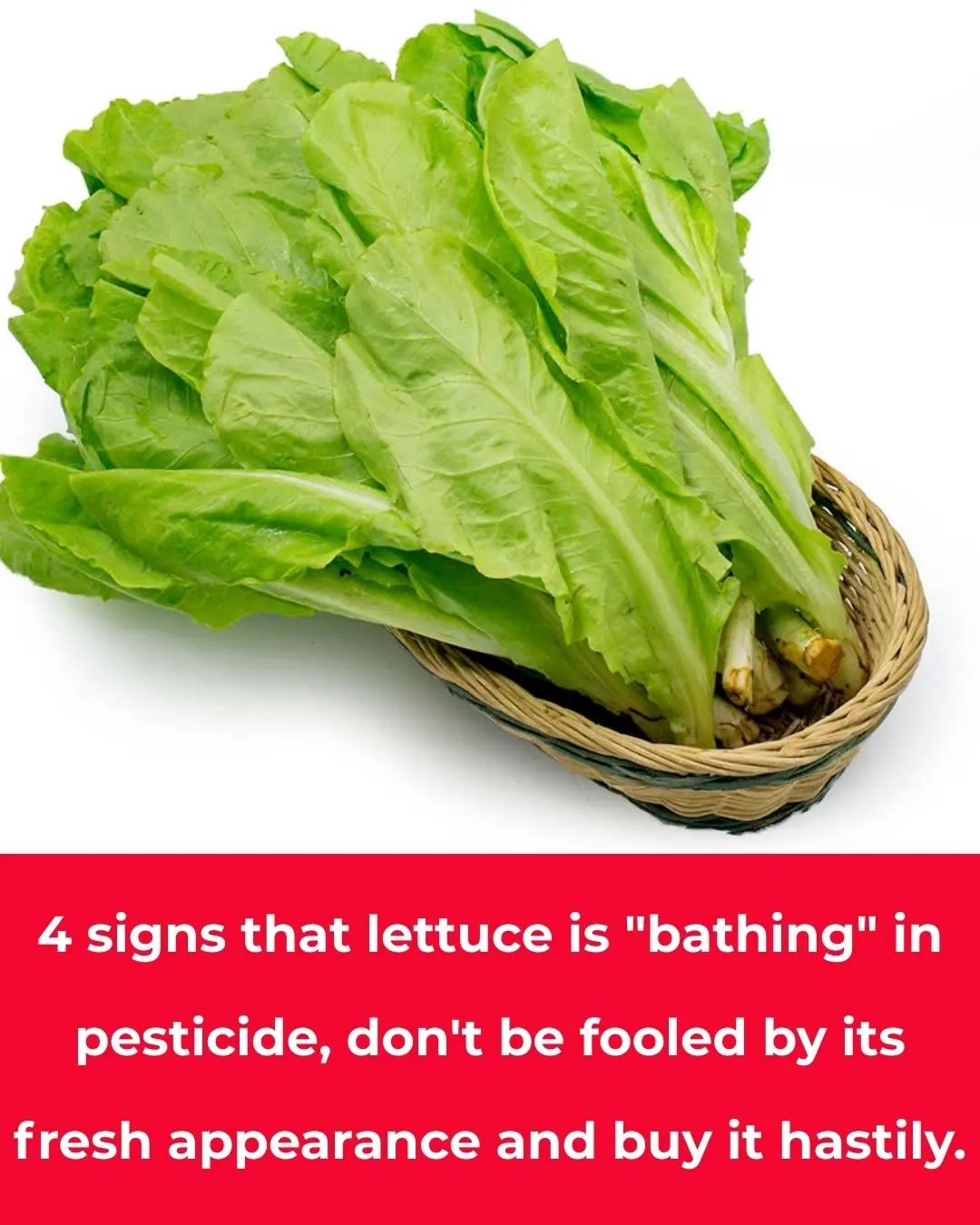
4 signs that expose lettuce "bathed" in pesticides, don't rush to buy it just because it's fresh and delicious
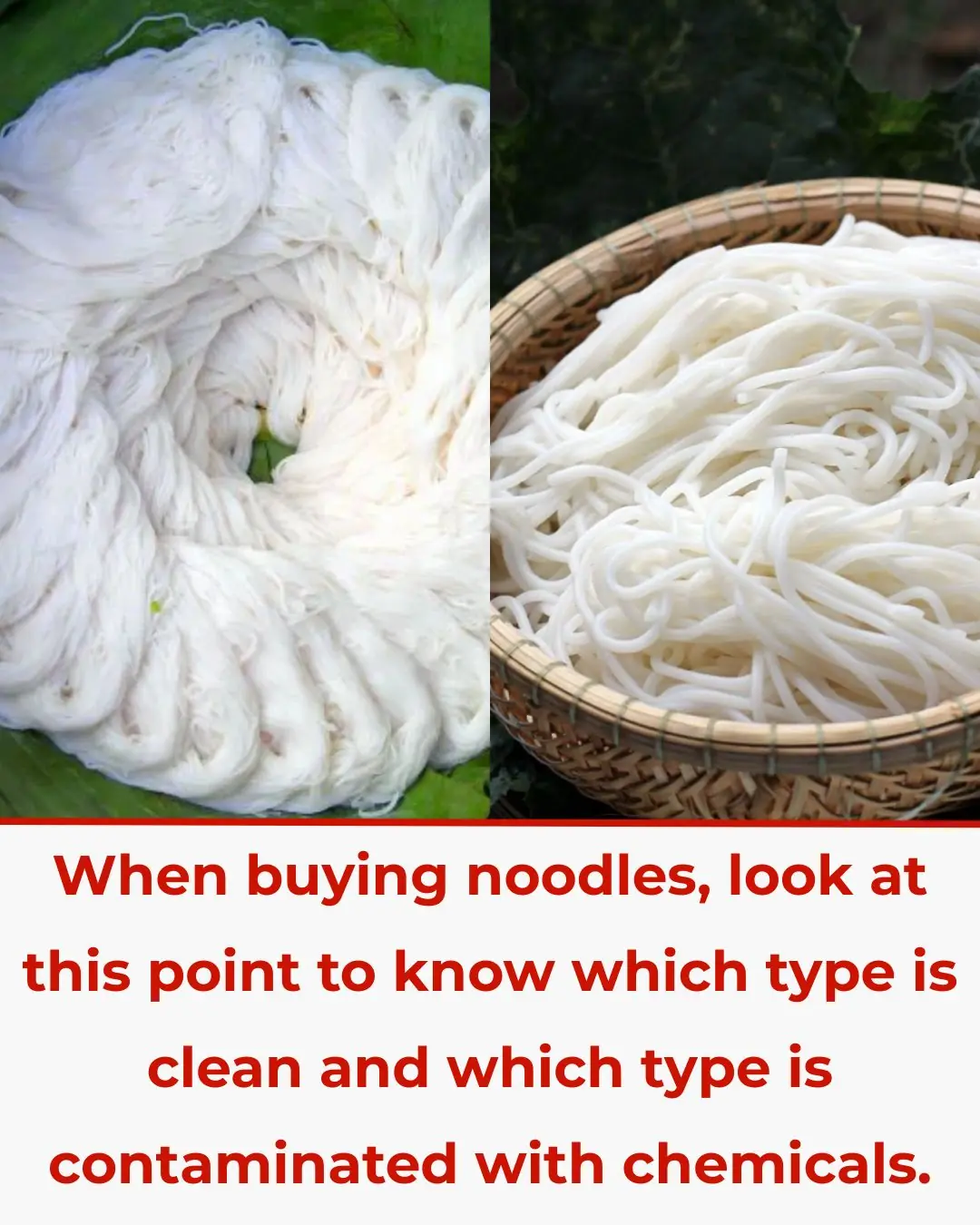
When buying noodles, look at this point to know which type is clean and which type is contaminated with chemicals.
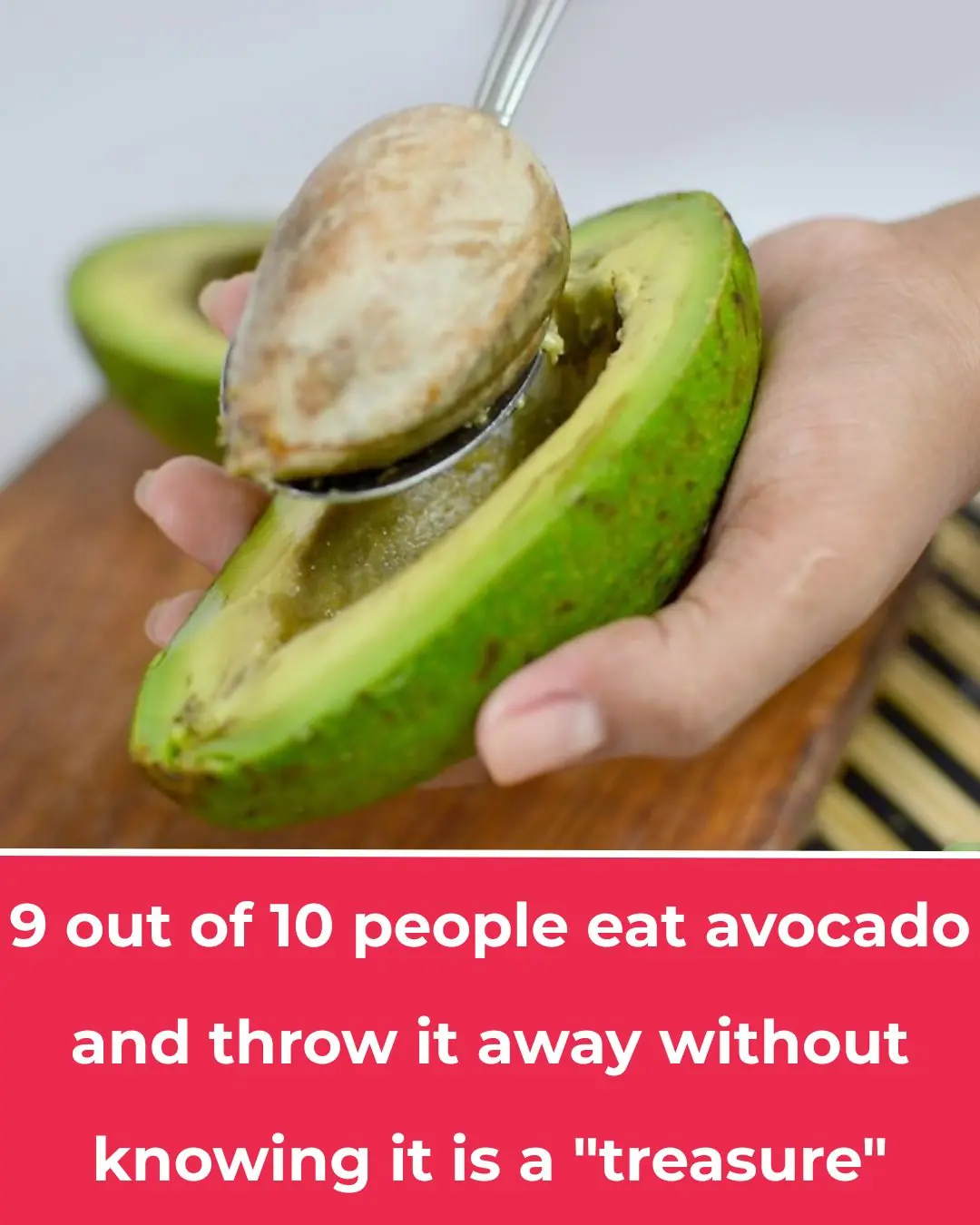
9 out of 10 people eat avocado and throw it away without knowing it is a "treasure"

2 quick and easy ways to wash yellowed pillow inserts, making them instantly white and fresh like new
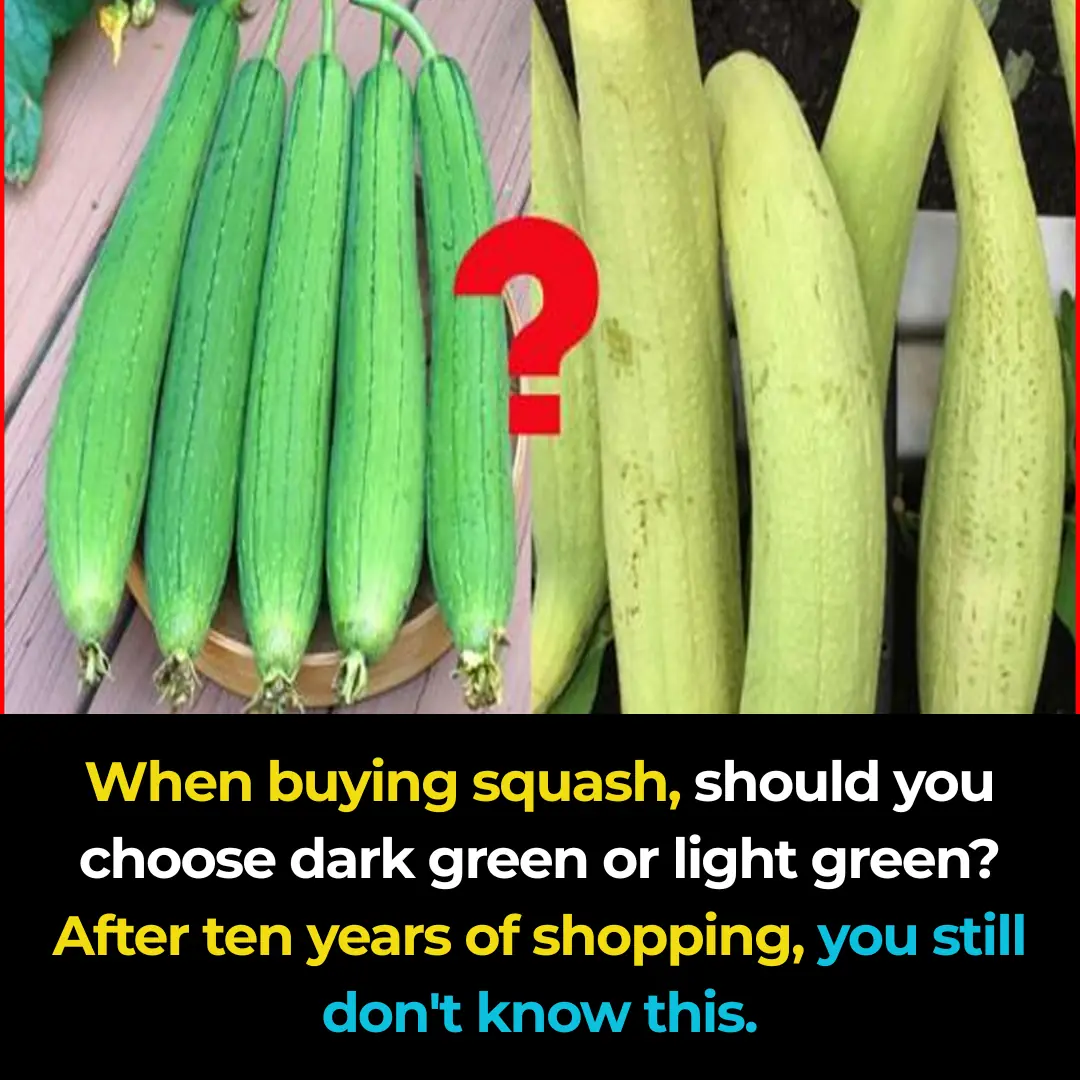
When buying luffa, should you choose dark green or light green ones? Even after years of going to the market, many people still don’t know this

Insert this into a lemon and place it in the corner of your house — mosquitoes will be gone for good
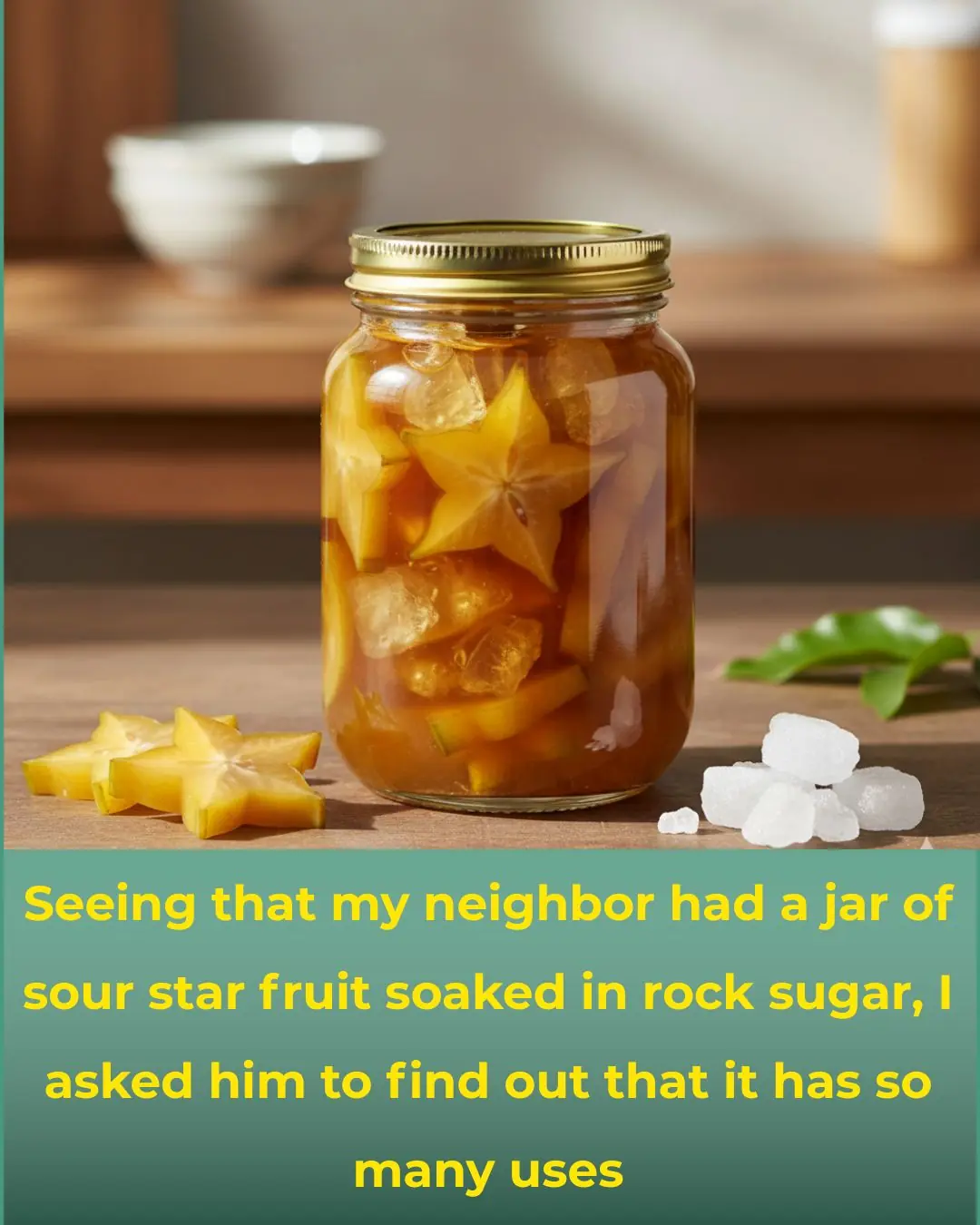
Jar of sour star fruit soaked in rock sugar

There is a "hidden switch" on the water heater that you can turn on and use for more than 10 years and it will still be durable.
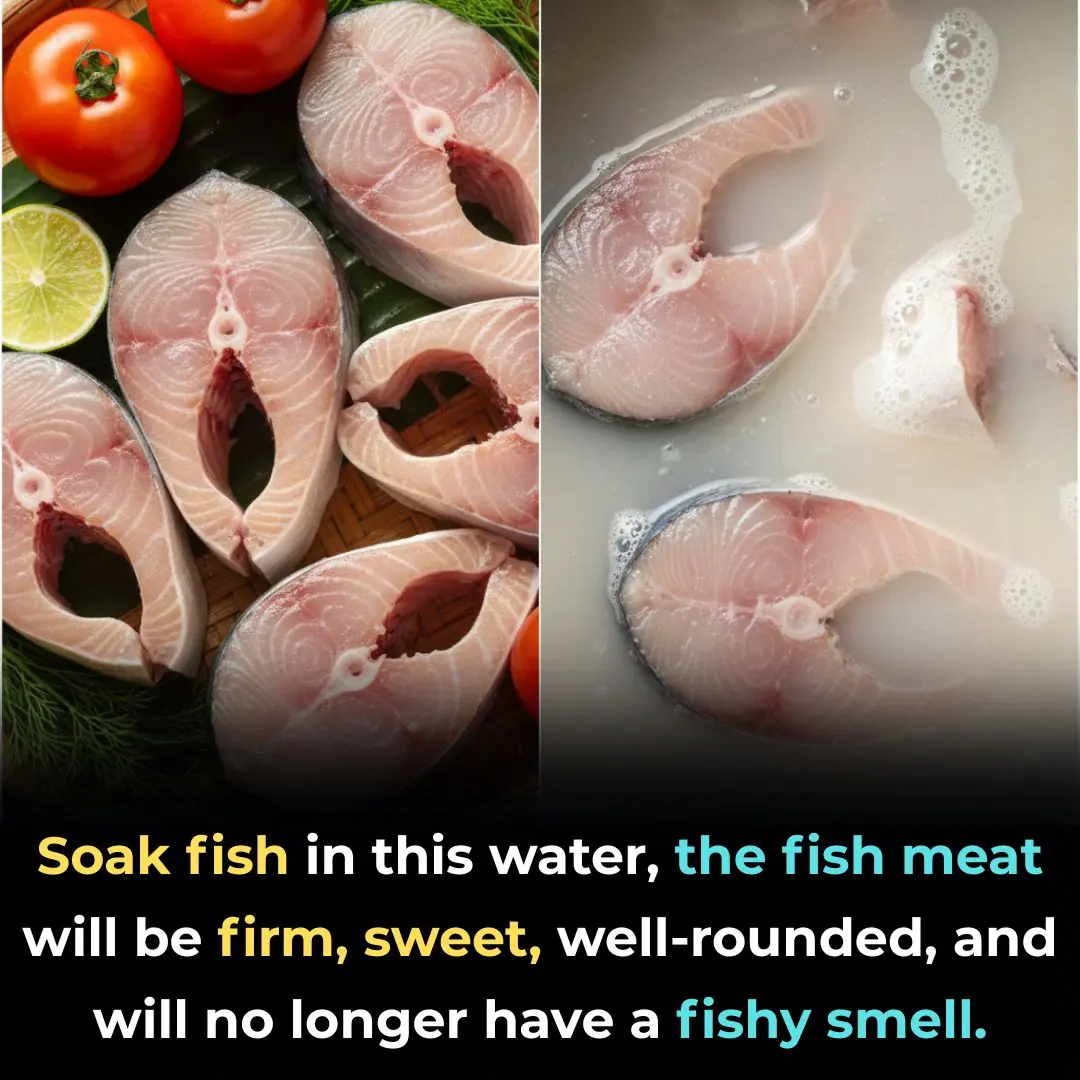
Soak fish in this water, the fish meat will be firm, sweet, well-rounded, and will no longer have a fishy smell

Misunderstandings turn water purifiers into disease hotbeds, get rid of them immediately or your whole family will be harmed

10 foods to help fight fatty liver: Nutritionists recommend eating them every day!

Mix banana peels with this and leave it in the corner of the house. After just 1 night, all the cockroaches will run away

This is why you should never leave a water bottle in your car.

Supermarket staff reveal: 6 things never buy in supermarkets even on big sale

7 types of food that won't spoil for a long time: It's still safe to eat after the expiration date, don't waste it

What is Black Vinegar? Nutritional Value and Benefits of Black Vinegar
News Post

How to Spot the Early Warning Signs of Cancer Growing in Your Body

New Research Finds 40-50% of Colon Cancer Cases Can Be Prevented by Doing These Simple Things

Pillow Inserts Turning Yellow with Tiny Mold Spots? Washing with Soap Doesn’t Work? Soak with This to Get Them Spotlessly Clean

The Simple Trick to Get Rid of Ingrown Toenails Fast—You’ll Wish You Knew Sooner!

5 Breakfast Foods That Boost Liver and Kidney Function: Delicious, Nutritious, Affordable, and Easy to Make

Flush Out Toxins Naturally: Support Your Kidneys, Liver, and Lungs for Vibrant Health

Restore Your Vision Naturally: A Simple Ginger and Lemon Recipe

Statins warning: new research confirms these harmful side effects

5 Herbs Your Liver Wished You’d Start Eating More Often (Or At Least Try!)

If cancer is present, 3 key symptoms often appear in the morning

Tips for growing ginger at home for big, plump roots that can be eaten all year round.

4 signs that expose lettuce "bathed" in pesticides, don't rush to buy it just because it's fresh and delicious

The Warning to People Who Regularly Walk Around Their Homes Barefoot

Foods That Add Inches to Your Waistline
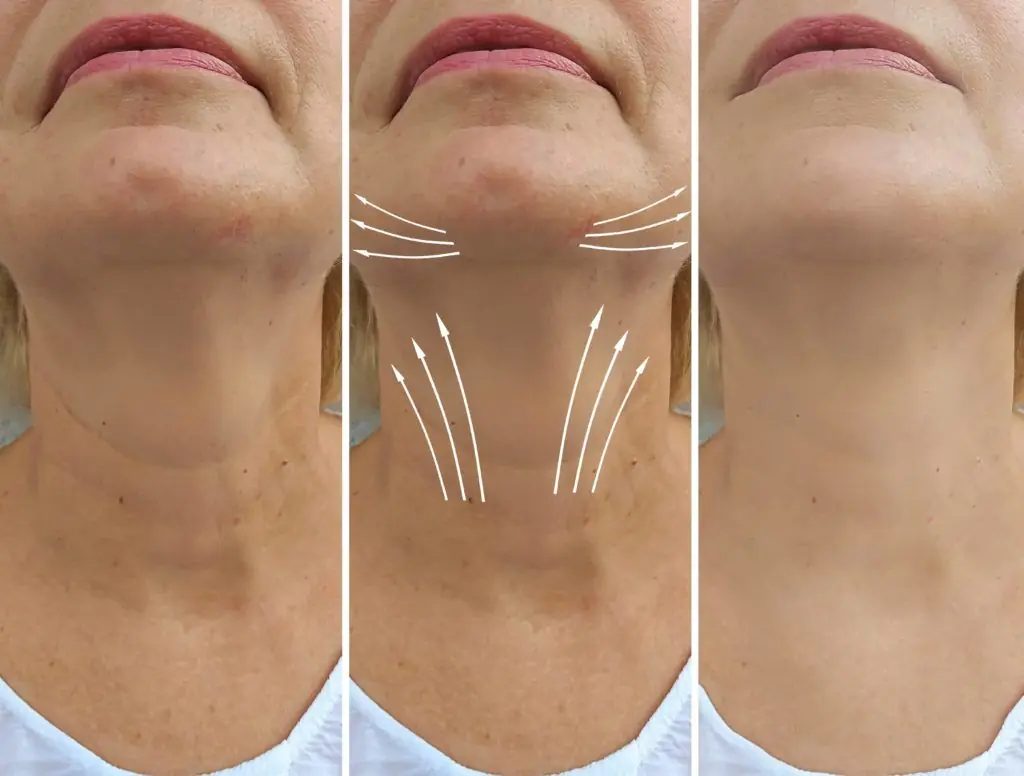
Why the Neck Sags with Age: Causes, Solutions, and Prevention Tips

Top 3 Vitamins for Hip Arthritis

Apple announce 'life saving feature' coming to Airpods

Michigan gamer ordered to pay $2m to Nintendo after he caused 'irreparable harm' to the tech giant
